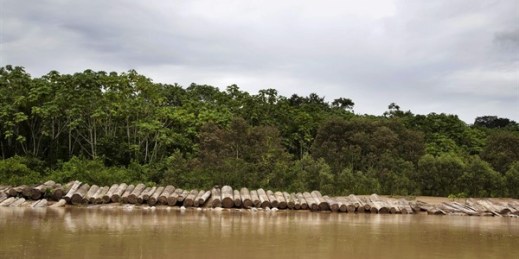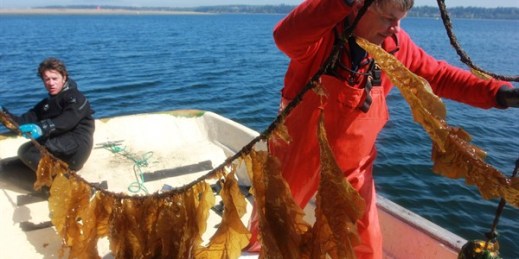Climate Change Archive
Free Newsletter

Peru’s portion of the Amazon jungle accounts for more than half the country’s land area and, at 13 percent of the Amazon’s total territory, the second-largest share of the rainforest after Brazil. While the rate of deforestation of Peru’s Amazon forests lags that of Brazil’s, it is the country’s primary source of greenhouse gas emissions. Growing concerns over both deforestation’s contribution to climate change and its impact on the region’s Indigenous peoples have now led the Peruvian government to increase its focus on combatting the phenomenon. Though Peru is not a significant producer of greenhouse gases, it is likely to suffer immensely from climate change and has already […]

Could the oceans—where life once evolved—help save the planet and humanity from climate catastrophe? A new report suggests they might. Released on Dec. 8 by the U.S. National Academies of Sciences, Engineering and Medicine, or NASEM, the study explores tantalizing possibilities for drawing carbon out of the atmosphere and sequestering it in the oceans through a mix of nature-based solutions and technological innovations. Getting these climate interventions to scale will of course be a significant challenge. But another challenge may be just as difficult to solve: reconciling these solutions with international law and state obligations. Notwithstanding incremental progress at last month’s United Nations climate […]

The 2015 Paris Agreement on climate change contains a curious omission: The phrase “fossil fuels,” which appears nowhere in the nearly 7,200-word document. Nor do the terms “coal,” “oil” or “natural gas,” despite these resources being responsible for most greenhouse gas emissions. That lacuna was no accident. It reflects the decision by national governments, reinforced by industry lobbyists, to focus emissions reduction efforts on reducing the demand for fossil fuels, rather than limiting fossil fuel supply by discouraging or even prohibiting their extraction in the first place. In other words, as climate activist Tzeporah Berman points out in a powerful […]

